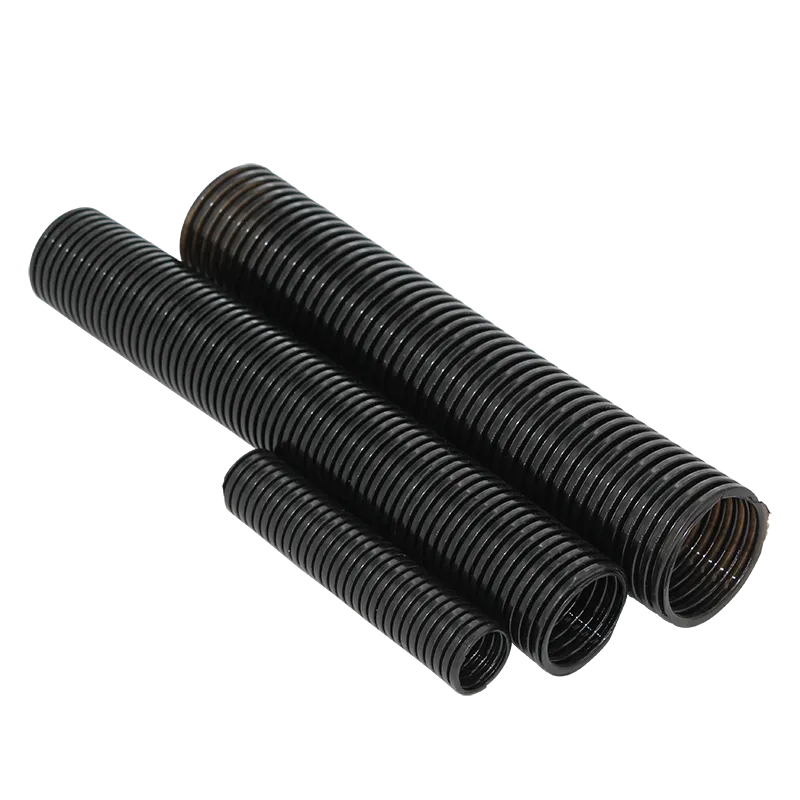Guide to Selecting the Right Drag Chain Size for Your Application
Understanding Drag Chain Size Charts
In industries that utilize intricate machinery, especially in manufacturing and automation, the efficient movement of cables and hoses is critical to ensure smooth operation and minimize wear. One notable solution is the drag chain, also known as a cable chain or energy chain, which effectively manages and protects cables and hoses during movement. To select the appropriate drag chain for your application, it’s essential to refer to a drag chain size chart. This article aims to explain what these charts encompass and how to utilize them effectively.
What is a Drag Chain?
A drag chain is a flexible system of links that allows for organized movement of cables and hoses along a predetermined path. As machinery operates and moves, the chain ensures the cables are not tangled or subjected to unnecessary wear. This is particularly important in applications involving robotic arms, CNC machines, and other automated systems that require dynamic movement of energy supplies.
Importance of Drag Chain Size Charts
Drag chain size charts provide vital information regarding the dimensions and specifications of different drag chain models. Understanding how to read and interpret these charts is essential for engineers and technicians when selecting the right chain for their application. Key parameters typically included in these charts are
1. Internal Width and Height These measurements indicate the size of the space within the chain where cables or hoses will be placed. Choosing the correct internal dimensions ensures that the cables fit properly without excessive slack or compression.
2. Bend Radius This is crucial because it determines how tightly the chain can bend without compromising the integrity of the cables within. A larger bend radius typically leads to less strain on the cables, enhancing their lifespan.
3. Chain Length The total length of the drag chain must be appropriately calculated based on the application’s needs. It should accommodate the full range of motion without being excessively long, which might lead to unnecessary slack and potential tangling.
4. Load Capacity Every drag chain has a specified load capacity, reflecting the maximum weight it can support without failure. This specification is critical, especially in applications where multiple cables or hoses are housed within the same chain.
drag chain size chart

5. Material and Temperature Ratings Drag chains can be made from various materials, including plastic, steel, or aluminum, each with different properties. The choice of material will depend on environmental factors, such as temperature and exposure to chemicals, that may affect the drag chain’s performance.
How to Use a Drag Chain Size Chart
When looking at a drag chain size chart, it is essential to begin by assessing the specific requirements of your application. Here’s a step-by-step approach
1. Identify the Cables/Hoses Determine the types and sizes of cables or hoses that need management.
2. Measure Required Dimensions Measure the overall space available and assess the required internal width and height of the chain.
3. Check Bend Radius Evaluate the maximum bend radius necessary for your application. This will significantly affect the longevity of the cables.
4. Analyze Load Requirements Ensure the drag chain’s load capacity is sufficient for the combined weight of all housed cables and hoses.
5. Select the Material After determining the operational environment, choose the material that offers the best durability and resistance to wear and environmental conditions.
Conclusion
Utilizing a drag chain size chart is essential for ensuring the effective operation of machinery that relies on cable and hose management. By carefully analyzing the specifications and requirements of your application, you can select a drag chain that not only protects your cables but also enhances the overall efficiency of your automated systems. Remember, investing time in choosing the right drag chain can lead to significant reductions in maintenance costs and downtime, ultimately contributing to increased productivity in your operations.








